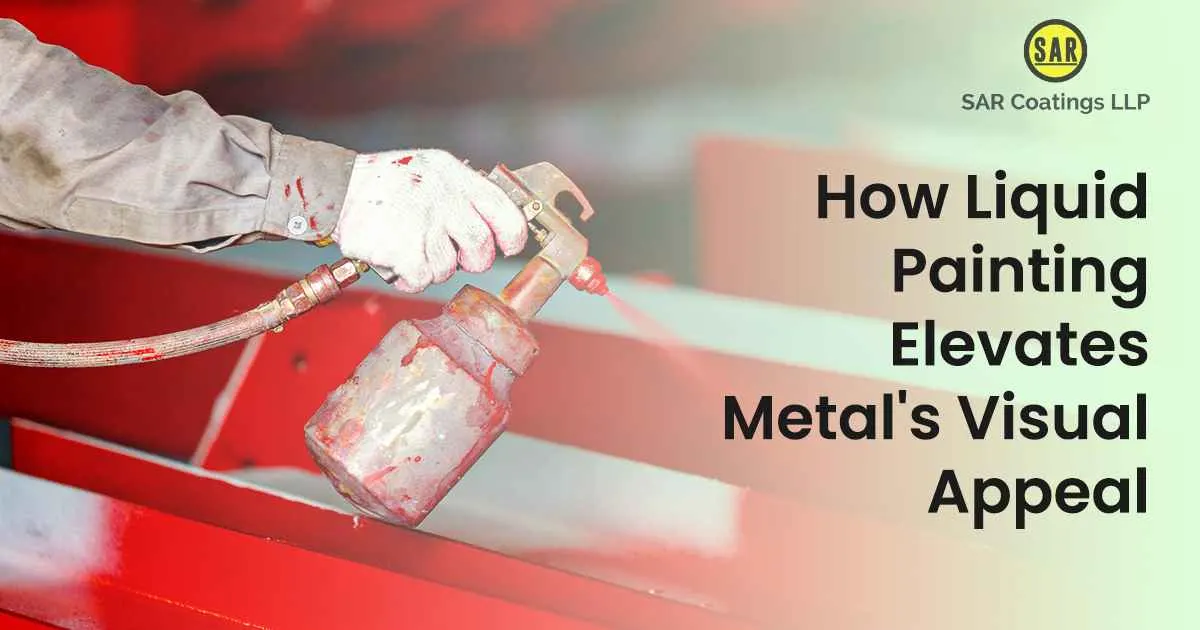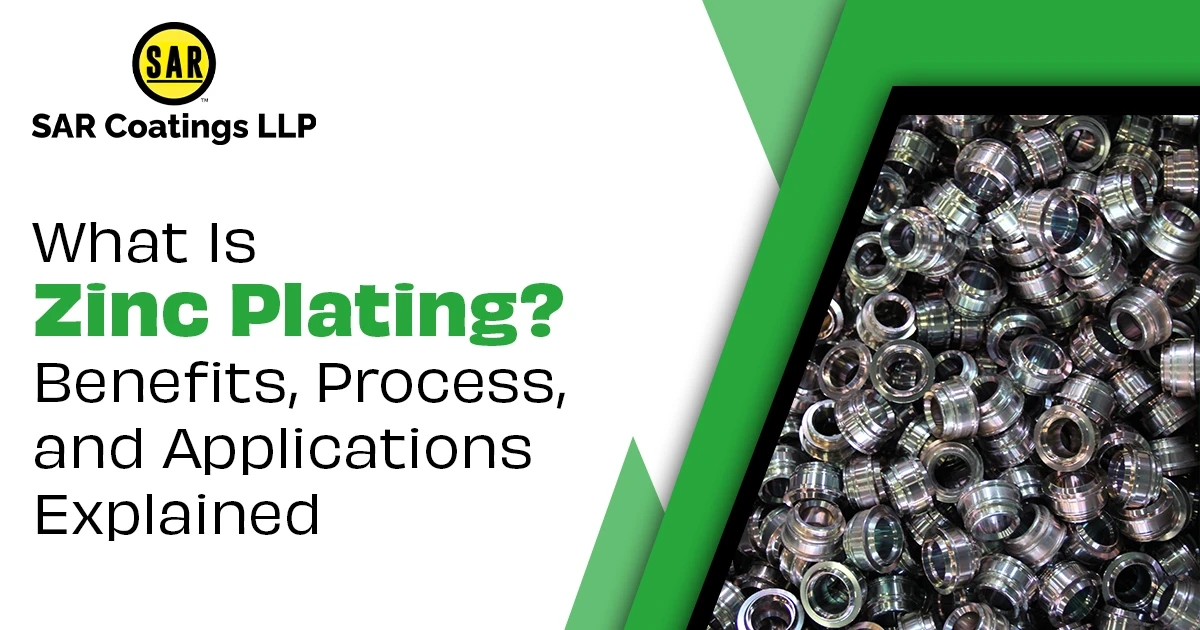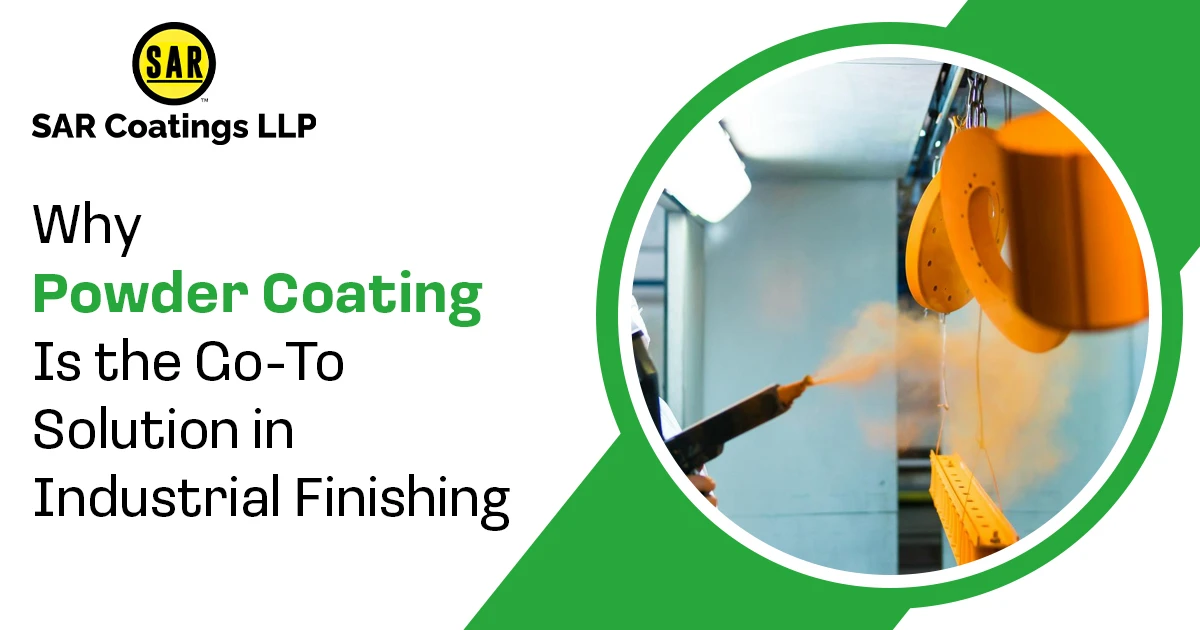
How Liquid Painting Elevates Metal’s Visual Appeal
Metal is a versatile and durable material widely used in various industries, from automotive and construction to art and design. To enhance its visual appeal and protect it from corrosion, liquid painting has emerged as a popular and effective method. We will delve into the ways in which painting enhances the visual appeal of metal and the multitude of benefits it offers.
The Power of Liquid Painting
It is a technique that involves applying a liquid coating to a metal surface. This coating typically consists of a combination of resins, solvents, pigments, and additives. When the liquid coating is applied, it forms a protective layer that adheres to the metal and transforms its appearance.
1. Enhanced Aesthetics
One of the key advantages of liquid painting is the ability to enhance the aesthetics of metal surfaces. The wide range of available colors and finishes allows for endless possibilities in design and customization. Whether it’s a vibrant and eye-catching color or a subtle metallic sheen, liquid painting can transform a plain metal surface into a visually appealing work of art.
2. Protection Against Corrosion
Metal surfaces are susceptible to corrosion due to exposure to moisture, chemicals, and environmental factors. It provides an effective barrier against these elements, preventing rust and corrosion from forming. By sealing the metal surface, the paint acts as a protective shield, prolonging the lifespan of the metal and maintaining its visual appeal.
3. Durability and Longevity
Painting, a form of metal finishing, not only enhances the visual appeal of metal but also improves its durability and longevity. The paint layer acts as a shield, safeguarding the metal from scratches, abrasion, and fading. With proper surface preparation and application techniques, the painted metal can withstand harsh conditions, ensuring its visual appeal remains intact for years to come.
The Process of Liquid Painting
Liquid painting involves several essential steps to ensure a flawless and long-lasting finish.
1. Surface Preparation
Before applying the liquid paint, the metal surface must undergo thorough preparation. This includes cleaning the surface to remove any dirt, grease, or contaminants that may hinder the adhesion of the paint. Additionally, the surface may require sanding or priming to create a smooth and even base.
2. Application Techniques
Liquid painting offers various application techniques, including spraying, brushing, and dipping. Each method has its advantages depending on the size, shape, and intricacy of the metal object being painted. The goal is to achieve an even and consistent application of the paint to ensure a uniform finish.
3. Curing and Drying
After the paint is applied, the metal object goes through a curing process. This involves subjecting the painted surface to controlled heat or air circulation to facilitate the drying and hardening of the paint. Proper curing ensures the paint forms a strong bond with the metal surface, enhancing its durability and resistance to wear.
Enhancing Visual Charm
Liquid painting, also known as surface treatment, offers a myriad of benefits for elevating metal’s visual appeal. By enhancing aesthetics, providing corrosion protection, and ensuring durability, surface treatment has become a go-to method for transforming metal surfaces. Whether it’s a large industrial structure or a delicate metal artwork, liquid painting adds a touch of beauty and longevity. With its ability to create visually stunning finishes and safeguard metal from the elements, surface treatment has revolutionized the way we perceive and utilize metal in various industries. Its impact on enhancing the visual appeal of metal surfaces cannot be overstated.



